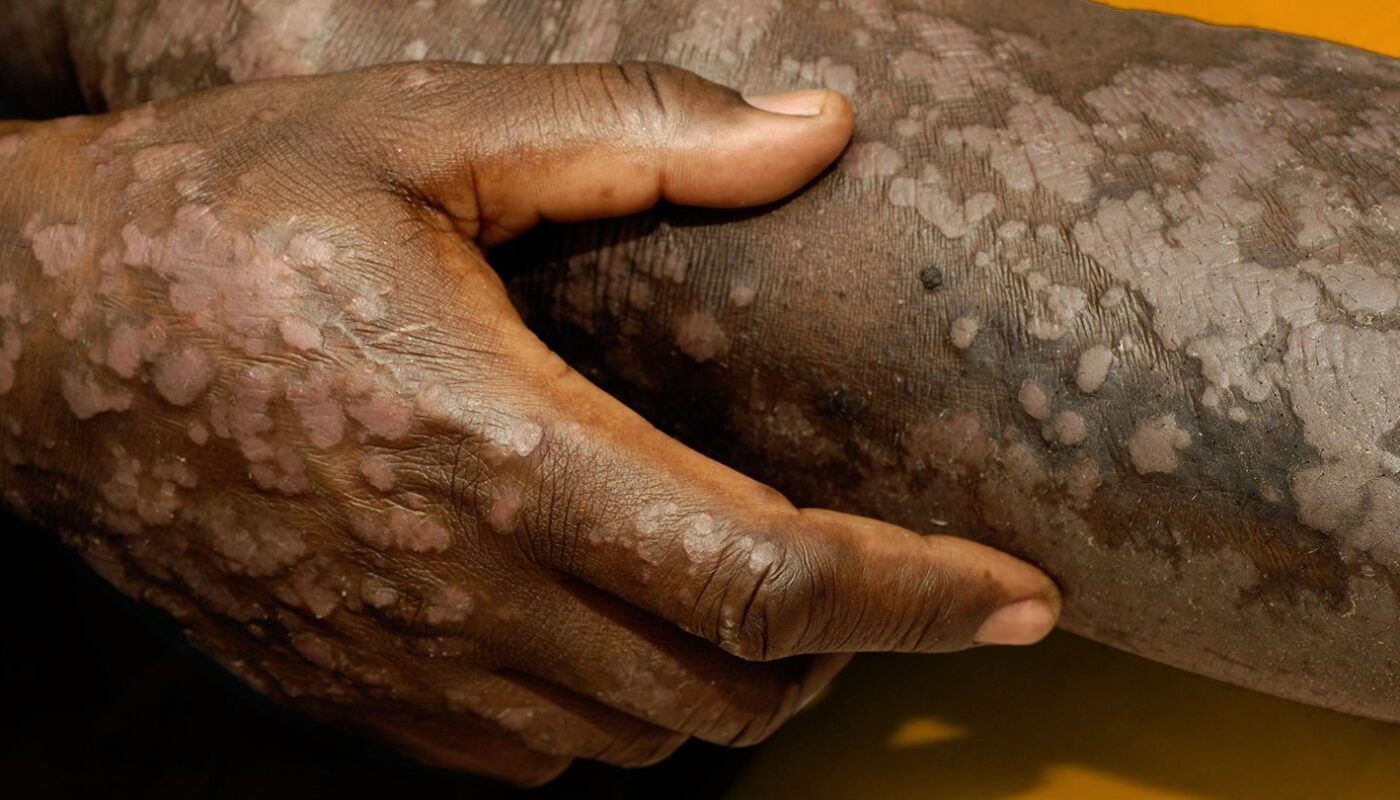Skin discoloration to a silver or black hue can be attributed to a rare condition known as argyria, caused by excessive exposure to silver particles. This can occur through the ingestion, inhalation, or skin contact with silver or silver compounds. Another possible cause, though less common, is the application of certain topical medications containing silver, used for their antimicrobial properties. It’s crucial to identify the source of silver exposure and consult a healthcare professional for an accurate diagnosis and appropriate treatment.
Table of Contents:
Understanding Skin Discoloration Due to Silver Exposure
Skin turning silver or black, a condition primarily associated with argyria, results from silver particles depositing in the skin and other body tissues. This condition is rare and usually follows prolonged exposure to silver in various forms. Here’s a closer look at how and why this discoloration occurs.
Causes of Argyria
- Dietary Supplements: The consumption of colloidal silver supplements over a long period is the most common cause of argyria. Despite being marketed for their health benefits, these supplements can lead to silver accumulation in the body.
- Occupational Exposure: Individuals working in environments where silver dust or compounds are prevalent, such as in jewelry manufacturing or photographic processing, may inhale particles that contribute to argyria.
- Medical Treatments: Some medical treatments and topical creams contain silver for its antimicrobial properties. Excessive use can lead to localized or generalized argyria.
Symptoms and Diagnosis
Argyria is characterized by a blue-gray or black discoloration of the skin, which is typically permanent. The areas most affected are those exposed to sunlight or the source of silver, including the gums, hands, and face. Diagnosis involves a physical examination, medical history analysis, and tests to detect silver in tissue samples.
Treatment and Management
There is no cure for argyria, and treatment focuses on managing symptoms and preventing further exposure to silver:
- Limiting Exposure: The first step in managing argyria is to identify and eliminate the source of silver exposure.
- Cosmetic Solutions: Makeup and self-tanners may help conceal skin discoloration, while laser therapy has shown some promise in reducing the visibility of argyria on the skin.
- Monitoring Health: Regular check-ups are essential to monitor any potential health issues related to silver accumulation in the body.
Preventive Measures
Preventing argyria involves avoiding unnecessary exposure to silver, particularly in dietary supplements, and using personal protective equipment in occupations with potential exposure to silver particles. Always consult healthcare providers before using products containing silver for health or medical reasons.
Conclusion
Skin turning silver or black is a rare but significant condition often linked to prolonged exposure to silver. Argyria, the primary cause, underscores the importance of cautious use of silver-containing products and supplements. Although the cosmetic effects of argyria are permanent, understanding its causes and implementing preventive measures can help manage and reduce the risk of this condition. If you suspect you have argyria or are experiencing unusual skin discoloration, it’s crucial to seek professional medical advice for proper diagnosis and management.

